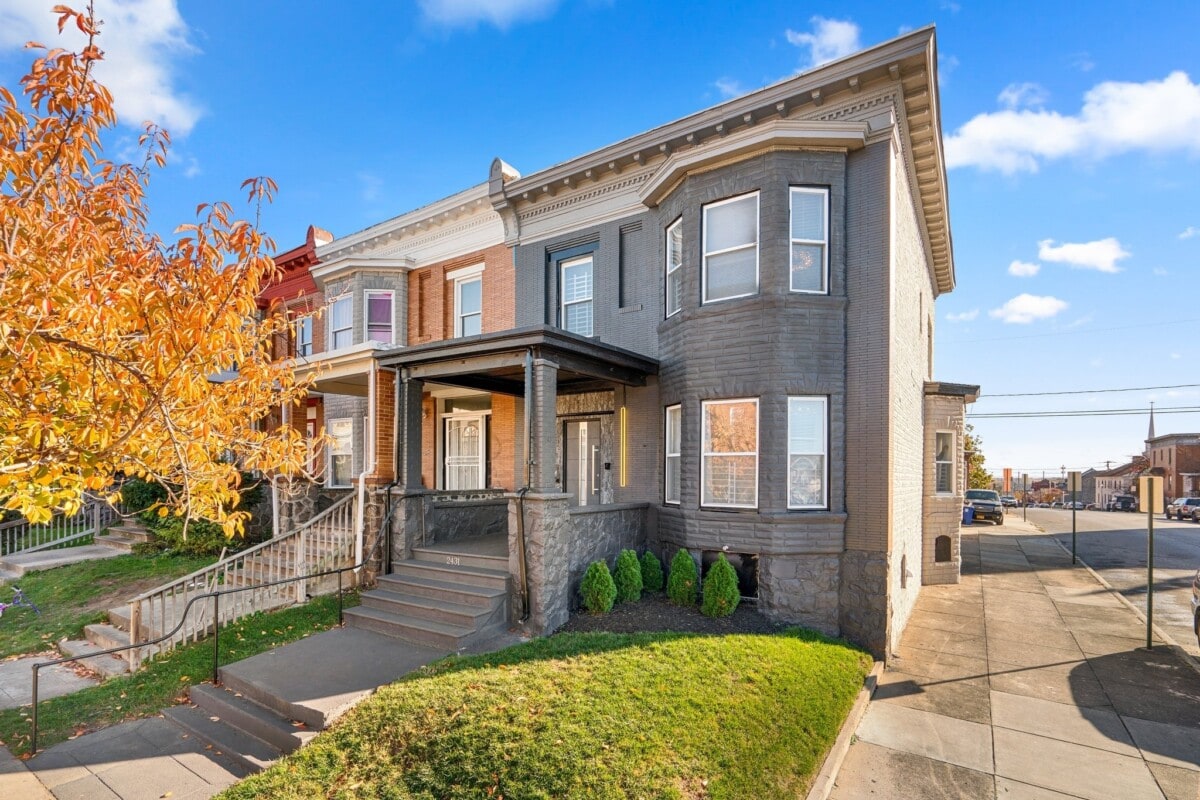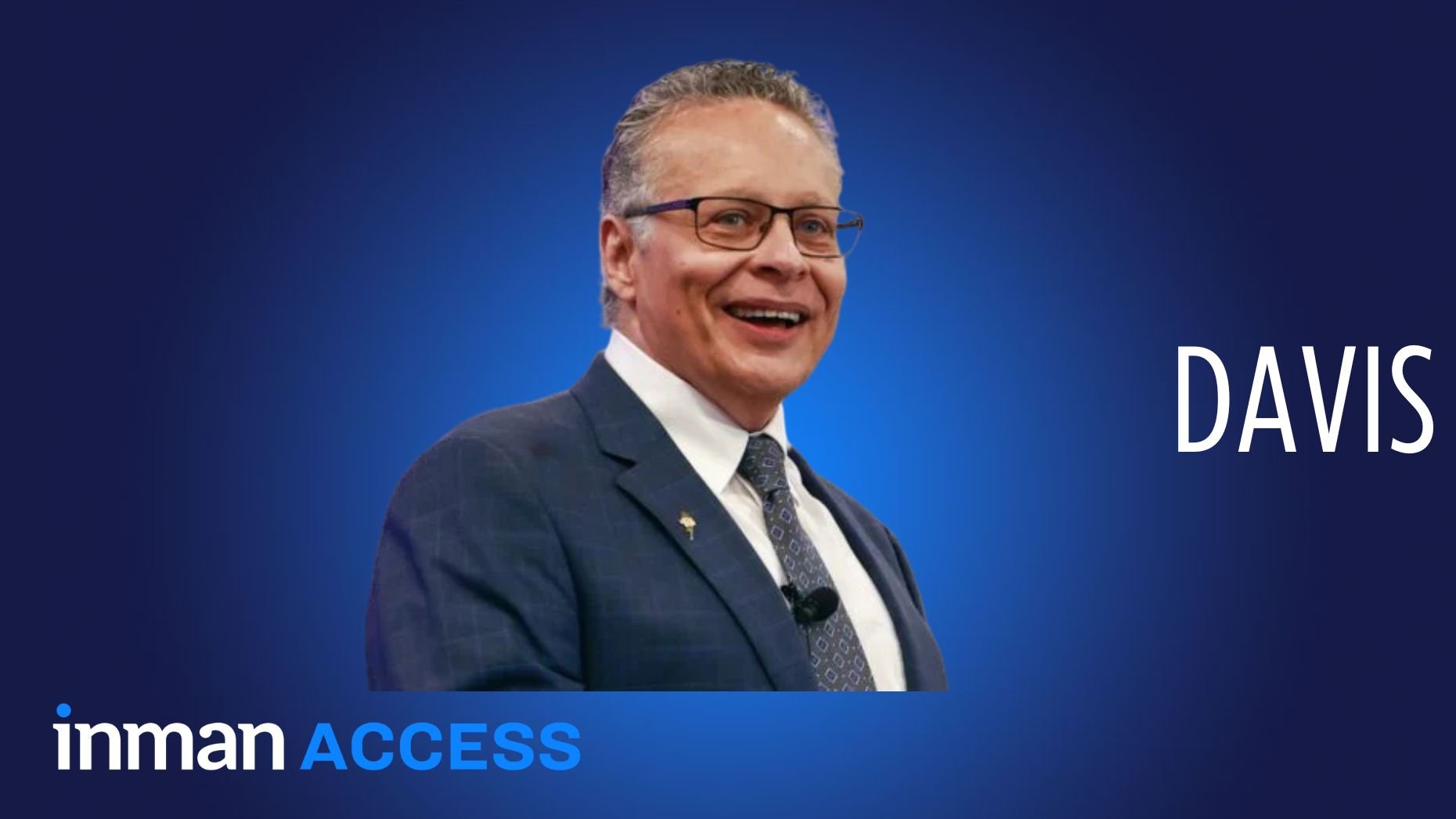Key takeaways: You may be ready to buy if you have steady income, manageable debt, savings for a down payment and emergencies, and plan to stay in your home for at least five years.
Wondering if you’re truly ready to buy a home? It’s one of the biggest financial decisions you’ll ever make, and the answer depends on more than just your savings. Whether you’re thinking about buying your first home in Austin, TX, or settling down in a house in Seattle, WA, this homebuying readiness check breaks down eight signs that show whether now’s the right time to buy a home – plus a quick checklist to see where you stand

Sign 1: You’ve saved enough for a payment
Key takeaway: If you’ve saved at least 3% for a conventional or FHA loan, and have an additional cushion for closing costs and emergencies, you’ve cleared one of the biggest hurdles to homeownership.
Saving for a down payment is one of the clearest signs you’re ready to buy a home. Most buyers think they need 20% down, but the minimum down payment for a house depends on your loan type and eligibility:
- Conventional loan: As little as 3% down with good credit.
- FHA loan: Minimum 3.5% down, ideal for first-time buyers.
- VA or USDA loans: 0% down options for qualified borrowers.
A larger down payment can lower your monthly costs and help you qualify for better rates. If you put down less than 20% on a conventional loan, you’ll likely pay private mortgage insurance (PMI) each month until your loan balance drops below 80% of your home’s value.
Quick tip: The more you put down, the less you’ll pay monthly, and you can avoid PMI entirely once you reach 20%.
Example: How down payment size affects monthly payments
| Home price | Down payment % | Loan amount | Est. monthly payment* | PMI required? |
| $400,000 | 3% ($12,000) | $388,000 | ≈ $2,680 | Yes |
| $400,000 | 10% ($40,000) | $360,000 | ≈ $2,475 | Yes |
| $400,000 | 20% ($80,000) | $320,000 | ≈ $2,200 | No |
Estimates assume a 6.5% interest rate, 30-year fixed mortgage, property taxes, and insurance included.
Sign 2: You have an emergency fund and budget for upfront costs
Takeaway: If you’ve saved for your down payment and have an extra cushion for closing costs and emergencies, you’re financially grounded and ready for the next step toward homeownership.
Being financially ready to buy a home means planning beyond your down payment. You’ll need enough savings to cover closing costs, move-in expenses, and a healthy emergency fund for homeowners once you’re settled.
Most buyers spend about 6%–9% of the purchase price upfront when you include down payment and fees.
What to include in your home-buying budget
Use this quick checklist to make sure you’ve planned for every major expense before closing:
| Budget item | Typical range | Why it matters |
| Down payment | 3%–20% of purchase price | Lowers your loan amount and may remove PMI. |
| Closing costs | 2%–5% of purchase price | Covers lender fees, appraisal, title insurance, and taxes. |
| Move-in expenses | Varies | Includes movers, utilities setup, and immediate repairs. |
| Emergency savings | 3–6 months of expenses | Helps cover repairs, income gaps, or other unexpected costs. |
Quick tip: Build your emergency fund before buying. It ensures you can handle a leaky roof, appliance repair, or income gap without relying on credit cards.
Sign 3: Your credit score and debt are mortgage-ready
Takeaway: If your credit and debt levels meet these benchmarks, you’re well-positioned to qualify for a loan and manage your mortgage with confidence.
A strong credit score and low debt show lenders you’re financially ready to buy a home. Most conventional loans require a minimum credit score of 620, while FHA loans allow scores of 580 or higher with a 3.5% down payment for qualifying buyers – or 500–579 with 10% down. Meeting these thresholds helps you qualify for a mortgage and secure better rates.
Your debt-to-income ratio (DTI), the portion of your income that goes toward monthly debts, is just as important. Lenders typically prefer DTI below 43%, though keeping it closer to 35% or less offers more flexibility and long-term comfort. You can use a DTI calculator to measure your ratio and check where you stand.
Quick tip: Paying down revolving debts like credit cards before applying can boost your score and lower your DTI, improving your approval odds.
Sign 4: Your income is stable and documented
Takeaway: Reliable, well-documented income – whether from a salary or self-employment – is one of the clearest signs you’re financially ready to buy a home.
Lenders look for steady, verifiable income before approving a mortgage. Demonstrating job stability and income verification helps prove you can make consistent payments over time.
Most mortgage programs want to see at least two years of continuous employment in the same field or, for self-employed buyers, two years of documented business income. Pay stubs, W-2s, and tax returns are typically required to verify your earnings.
If your work history includes a recent job change within the same industry, that’s usually acceptable as long as your income level has stayed consistent or increased.
Quick tip: The more organized your income documents are, the faster the approval process moves and the stronger your application looks to underwriters.
Sign 5: You’ve budgeted beyond the mortgage
If your budget comfortably covers more than the mortgage, accounting for taxes, insurance, utilities, and maintenance, you’re prepared for the real costs of homeownership and less likely to face financial strain after moving in.
Buying a home isn’t just about affording the mortgage; it’s about managing every recurring cost that comes with ownership. Before you buy, make sure your monthly home expenses include not only principal and interest, but also property taxes, utilities, insurance, and long-term home maintenance costs.
Quick tip: Budget an extra 1% of your home’s value per year for maintenance. On a $400,000 home, that’s about $4,000 set aside annually for repairs and upkeep.
Typical monthly home expenses
| Expense | What it covers | Typical range |
| Mortgage | Principal + interest on your loan | Depends on loan size and rate |
| Property taxes | City or county real-estate taxes | ~1–2% of home value per year |
| Homeowners insurance | Protection against damage or loss | $100–$200 per month |
| HOA fees | Community or condo maintenance | $100–$400 per month (varies) |
| Utilities | Electricity, gas, water, trash, internet | $200–$400 per month |
| Maintenance & repairs | Routine upkeep, systems, and appliances | ~1% of home’s value per year |
These figures are general estimates for educational purposes only. Actual costs vary by location, property type, loan terms, and usage. Always review your lender disclosures, insurance quotes, and local tax assessments for personalized numbers.
Sign 6: You understand the market and mortgage landscape
Knowing what’s happening in the housing market can help you decide whether now is the right time to buy a house. Keeping an eye on current mortgage rates and local buyer vs. seller market trends helps you understand what kind of competition and affordability you’ll face.
Even small changes in interest rates can make a big difference in your monthly payment and long-term costs. When rates rise, affordability decreases, meaning the same budget buys less home.
Example: How mortgage rates affect monthly payments
| Home Price | Loan Amount | Rate | Est. Monthly Payment* |
| $400,000 | $380,000 | 5.5% | ≈ $2,160 |
| $400,000 | $380,000 | 6.5% | ≈ $2,400 |
| $400,000 | $380,000 | 7.5% | ≈ $2,660 |
Estimate assumes a 30-year fixed-rate mortgage including principal and interest only.
Timing also matters. In a buyer’s market, you may have more room to negotiate price or closing costs. In a seller’s market, you’ll need to act fast and come in strong with your best offer.
Pre-approval Insight
Getting pre-approved before you shop shows sellers you’re serious and gives you a clear picture of your buying power. It also locks in your rate for a short time — a big advantage if you expect rates to rise soon.
Quick tip: Instead of trying to “time” the market, focus on when your finances, job stability, and long-term plans align. A well-timed purchase is less about perfect rates and more about lasting affordability.
Sign 7: Your lifestyle and long-term goals align with homeownership
Buying a home isn’t just a financial milestone, it’s a lifestyle shift. Before trading renting for ownership, think about how your job mobility, family plans, and long-term goals fit with the realities of maintaining a property. If you’re planning to settle in a specific neighborhood or want more control over your space, homeownership can offer stability, freedom, and stronger community ties.
If your career or lifestyle still requires flexibility, renting may remain the smarter move until you’re ready to settle down.
Sign 8: You plan to stay put and build equity
If you’re planning to stay in your home for several years, you’re in the right mindset for ownership. Many realestate experts often reference the “five-year rule of homeownership.” It typically takes about five years to break even on buying costs once you factor in closing fees, property taxes, and maintenance. Staying longer allows you to build home equity through mortgage payments and potential appreciation, giving you a stronger financial return when you eventually sell.
Am I ready to buy a house? A quick readiness checklist
- You have a down payment and emergency savings
- You’ve managed debt and built solid credit
- Your job and income are stable
- You’ve budgeted for taxes, insurance, and maintenance
- You understand current mortgage rates and market trends
- You’ve reviewed your credit report and corrected any errors
- You’re pre-approved for a mortgage and know your price range
- Your lifestyle and long-term goals align with homeownership
- You plan to stay at least five years
- You’re ready for repairs and ongoing upkeep
- You’ve researched neighborhoods and compared commute, schools, and amenities
- You’ve considered future costs like property taxes, insurance changes, or renovations
Score Yourself: Are you ready to buy a home?
Green: You meet 8 – 12 signs → ready to buy
Yellow: 4 – 7 signs → almost there, strengthen finances and plans
Red: 0 – 3 signs → focus on saving, credit, and long-term stability before buying
Buying readiness FAQs
1. How do I know if I’m financially ready to buy a house?
You’re financially ready when you have steady income, manageable debt, solid credit, and savings for your down payment and closing costs.
2. Should I wait until mortgage rates go down?
Only if higher rates significantly affect your budget. Otherwise, buy when your finances and long-term plans align.
3. Can I buy a house with debt or student loans?
Yes, you can buy a house with student loan debt as long as your debt-to-income ratio is within lender limits and you can comfortably afford the monthly payment.
4. What if I don’t have 20% down?
You can still buy with a smaller down payment. Many conventional loans start at 3%, and FHA loans require just 3.5%.



















 English (US) ·
English (US) ·